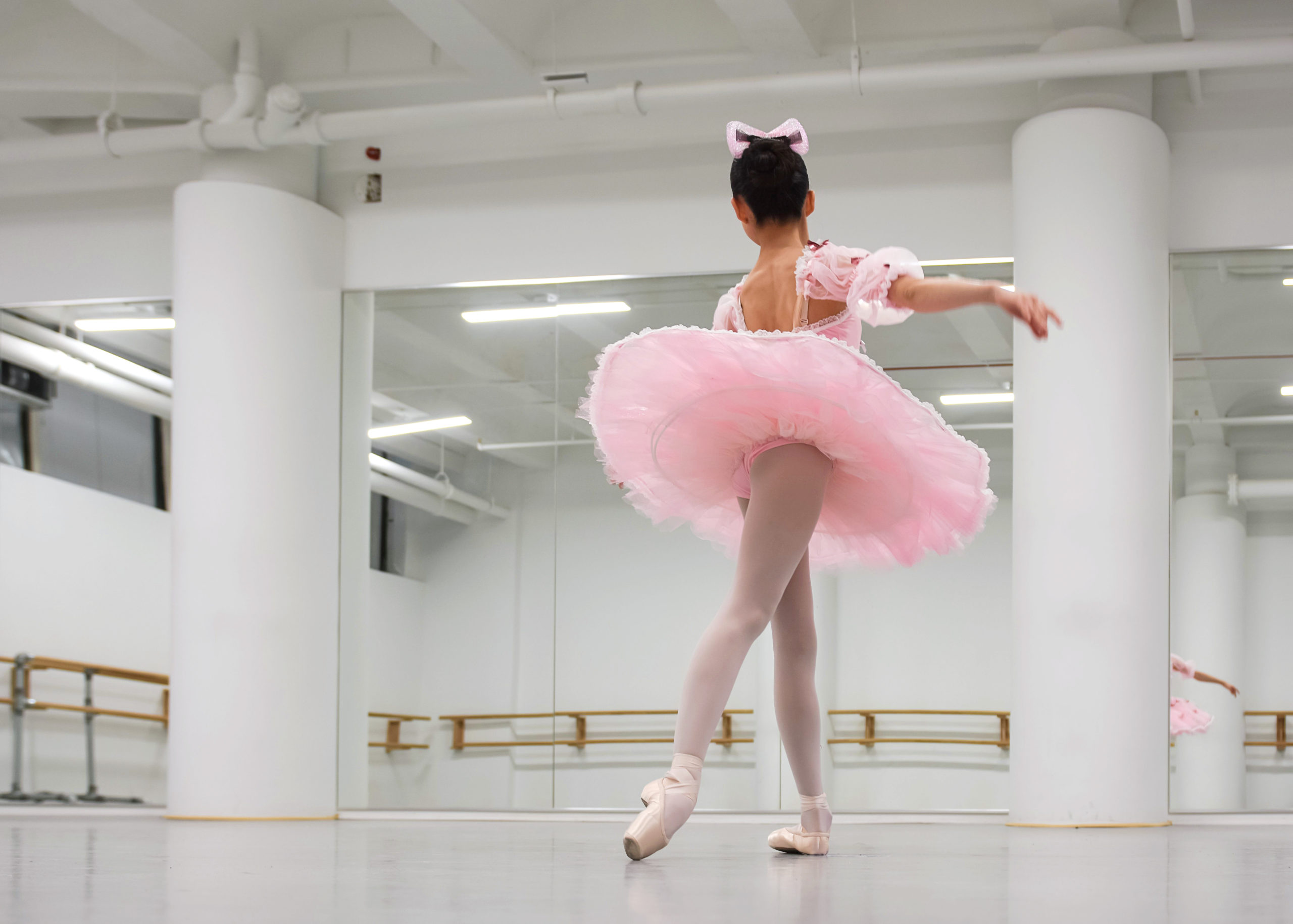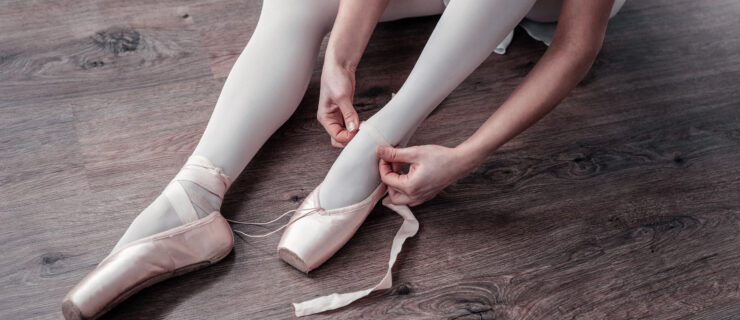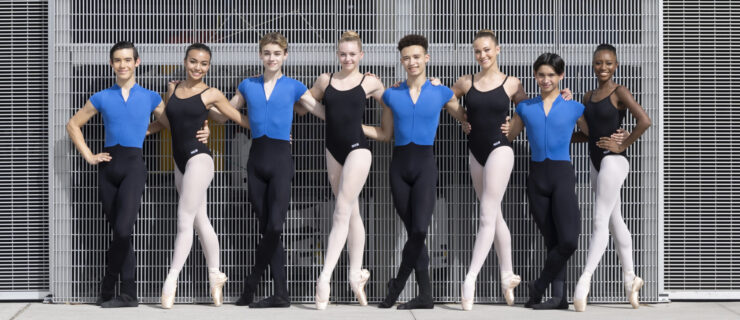Set Yourself Up for Competition Success by Choosing the Right Solo
One of the most important moments in your competitive ballet career happens months—if not years—before you take the stage. Choosing the right classical variation can make or break your performance. Whether you’re given free rein or you’re selecting from a curated list, here are some things to consider.
Your Age and Experience
Are you a competition newbie? Lissette Salgado, co-founder and president of Universal Ballet Competition, recommends that the youngest dancers stick to basic variations, perhaps performing on demi-pointe. “The main goal for this age is to feel comfortable,” she says. “If you feel confident, you can command the stage.”
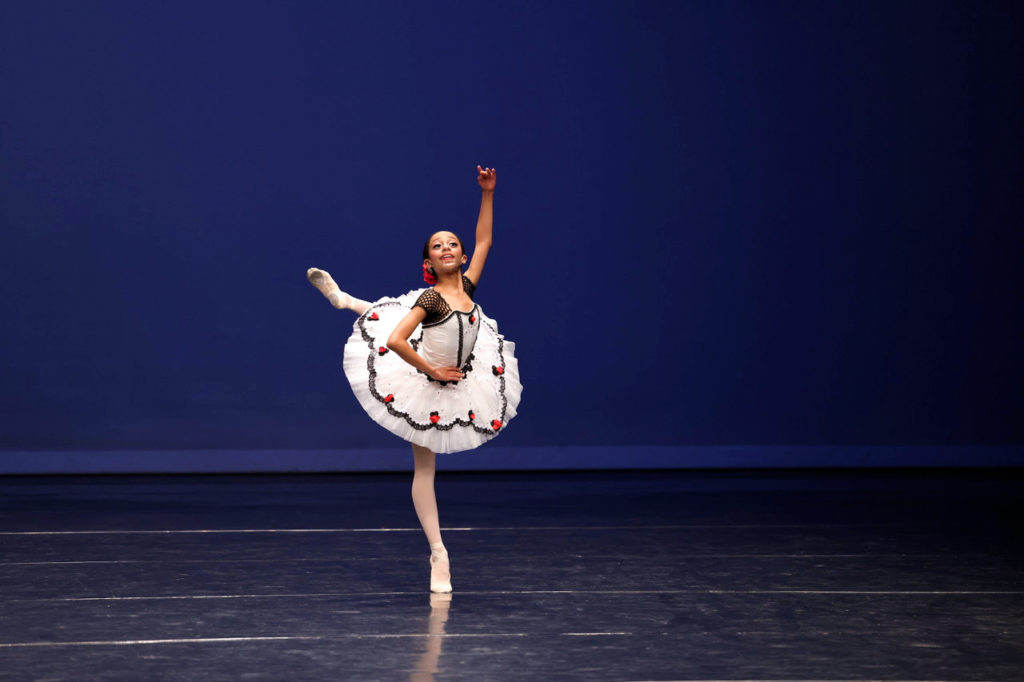
As you grow a little older, around age 12 to 14, you’re looking to highlight your potential. “Let’s say you have long, hyperextended legs,” says Catherine Lewellen, director of Elite Classical Coaching in Frisco, Texas. “A school director would rather see your natural facility and lines than you doing a million fouettés [when] your knees aren’t straight and your feet aren’t pointed.” Your solo should make people say, in Lewellen’s words, “I want to work with that.”
For dancers on the cusp of professional auditions, competitions are less about potential than what you bring to the table now. “You need to show you’re ready to work,” Lewellen stresses. “That means demonstrating both technicality and versatility.” It also means performing the choreography as it’s intended to be done.
Even for younger dancers, deciding when to modify choreography is tricky. Too many changes can be “a sign that something went wrong in the decision-making process,” says Daniela Buson, assistant artistic director at Tulsa Ballet and a judge for Japan Grand Prix, among other events. When you start learning it, a variation should seem a little out of reach, but not too far beyond your current capabilities. Your coach can help you assess what’s attainable.
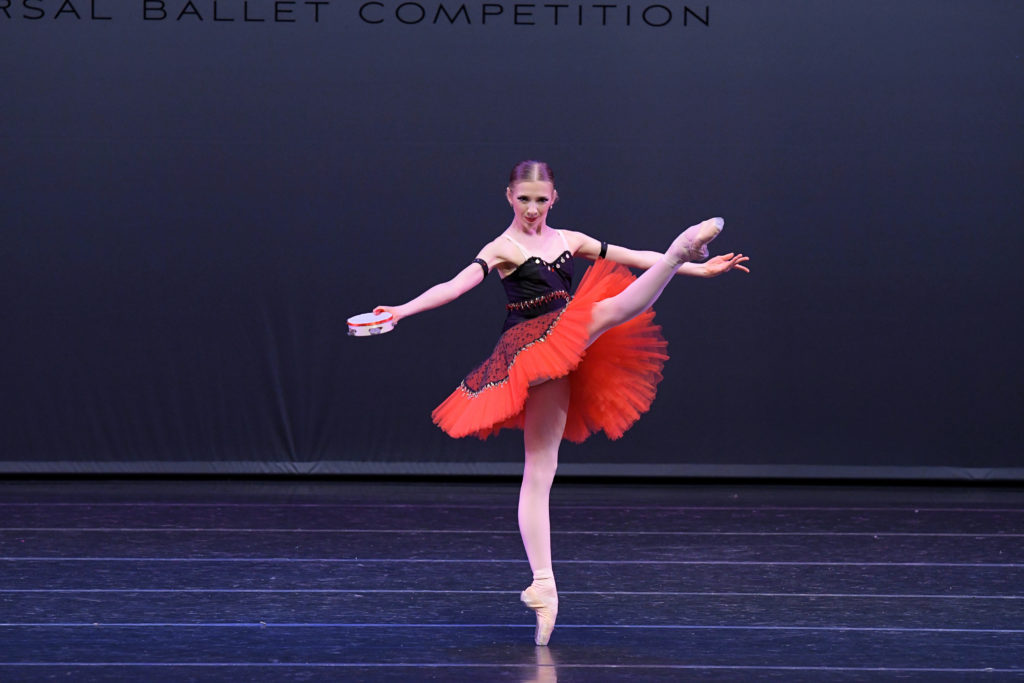
Whatever modifications you make must keep the original intent. For example, while it’s fine to pick your better side, “if it was a diagonal pirouette, it should remain a diagonal pirouette,” says Alexei Kremnev, co-director of A&A Ballet in Chicago. He recommends scouring YouTube for various versions of a solo. “Look at the nuances and transition steps in the Mariinsky version, the Bolshoi, the Paris Opéra Ballet, the Royal Ballet,” he says. “Developing your eye for classical ballet will always help you.”
Your Natural Talents
Are you a whirlwind turner or a fiery jumper? Do you prefer languid adagios? Every dancer has certain skills that come more naturally than others. When you select a classical variation for competition, take those affinities into account. “You want to dance the types of solos that suit your qualities best,” says Buson. “As judges, we assume a dancer is competing with a piece that highlights their strengths.”
What about pushing past your comfort zone? For Buson, that work should happen outside the competition setting. “The studio is where you should be reaching outside the box,” she explains. “By working on your shortcomings, you eventually make that space part of your box. Then you can bring that to the stage.”
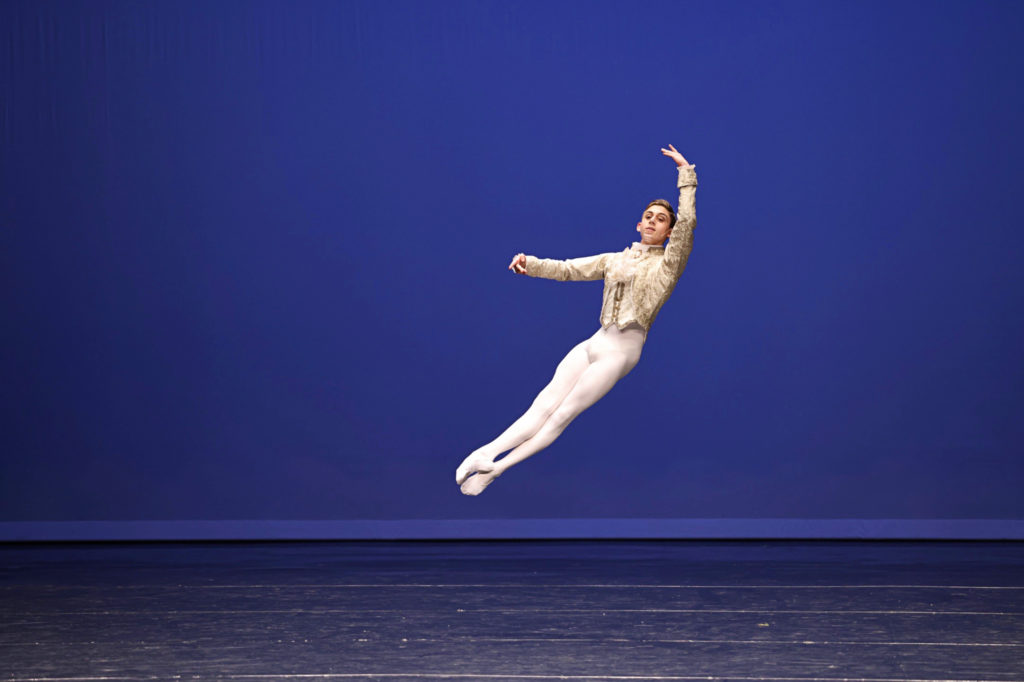
Kremnev likes to have dancers work on two variations at a time. “One is the best fit for their personality and style,” he says, “while the other is more challenging in terms of stylistic approach.” If you feel ready to tackle two solos at once, this might be a good path to follow.
Your Competition Goals
The final piece of the solo selection puzzle is what you hope to get out of your competition experience. “If a dancer’s primary goal is to win, or to get a job or scholarship offer, above all else we want to show off their strengths. We might even repeat a solo they’ve done before,” Lewellen says. “If the goal is not to pay attention to the results, but to focus on growth, I might pick a solo that really challenges them. The pressure to perform can be transforming.” Plus, the feedback you’ll get from the judges if you’re going the “growth” route can be invaluable.
What Not to Focus On
It can be tempting to think strategically—to consider what the judges will want to see or what other dancers might perform. However, Salgado says, “It’s not about the solo itself, but how you present it. We might see many Kitris, but one dancer has an exquisite quality, an attack that sets her apart.” Being the dozenth Kitri won’t matter if the variation is well-rehearsed and well-suited to you.
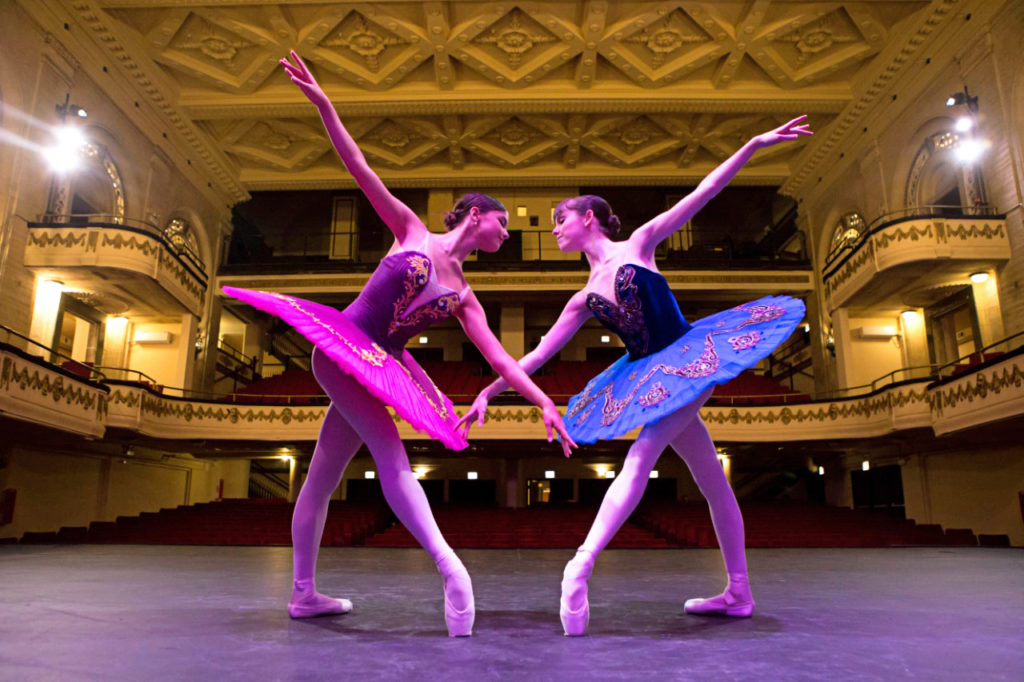
Another potential pitfall: opting for a variation that won at competitions last year or that’s gone viral on social media. “Unfortunately, when you pick something like that, there’s a chance your audience is comparing you to that other person,” Lewellen says. “That could lead to you being scrutinized more harshly.” If a solo is a good fit for you regardless of its recent popularity boost, your coach can help you approach it in a fresh way (while retaining its intent!).
If the decision feels overwhelming, remember that this is still just one moment in your dancing life. “No variation you’re doing at age 12 is a final product,” Kremnev says. “Nor is it final at age 19, or 25, or 35. You always have more work to put into it. You can always grow and find new things.”
